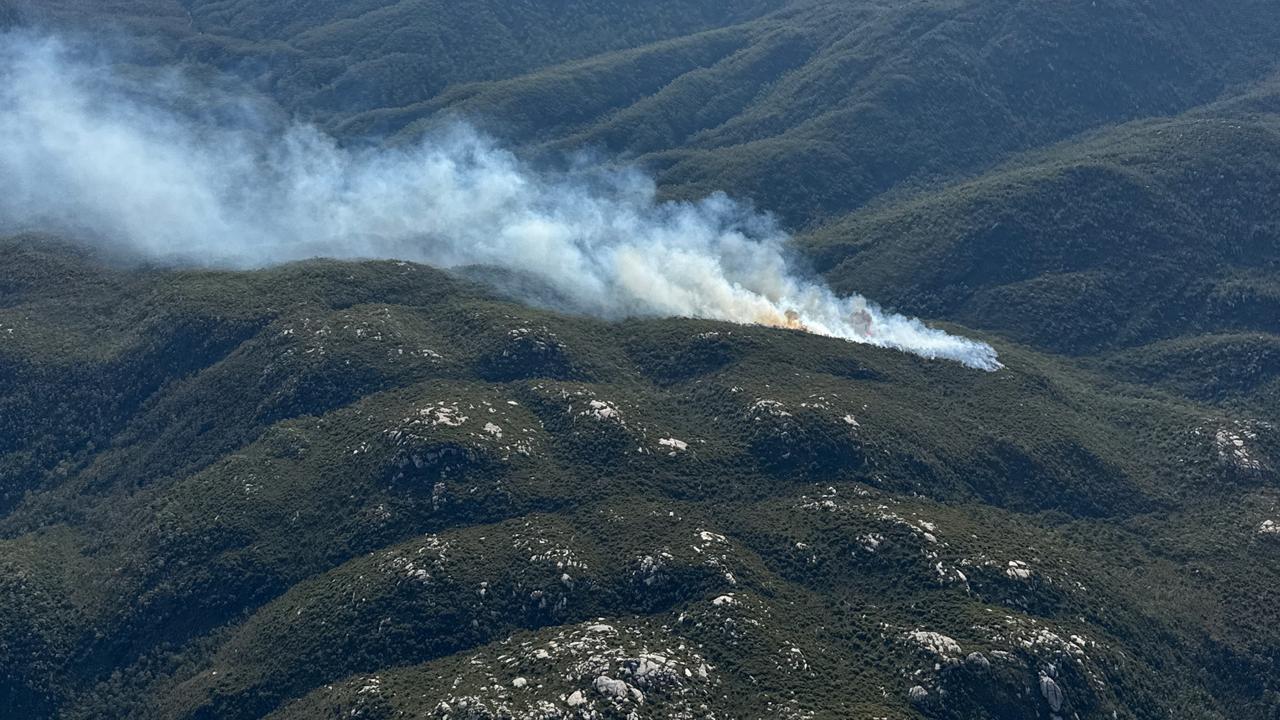DA for 9-unit development at 32 Romilly St, South Hobart raises concerns about density, traffic and impact on Charles Darwin trail
South Hobart residents are up in arms over a unit development they say will impact traffic and the historic path travelled by Charles Darwin in the 1830s. LATEST >>

Tasmania
Don't miss out on the headlines from Tasmania. Followed categories will be added to My News.
- South Hobart residents appeal council approval of $3m 11-unit development at 14 Kooyong Glen
- Kathmandu founder Jan Cameron’s company submits DA for redevelopment of Silver Sands resort at Bicheno
CONCERNS have been raised about the impact a proposed subdivision in South Hobart may have on traffic, the character of the area and part of the path travelled by Charles Darwin in the 1830s.
On Monday night, the Hobart City Council will consider an application for the construction of nine new three-bedroom units at 32 Romilly St, as well as a boundary adjustment with 30 Romilly St.
The Atleist Developments application is recommended for approval.
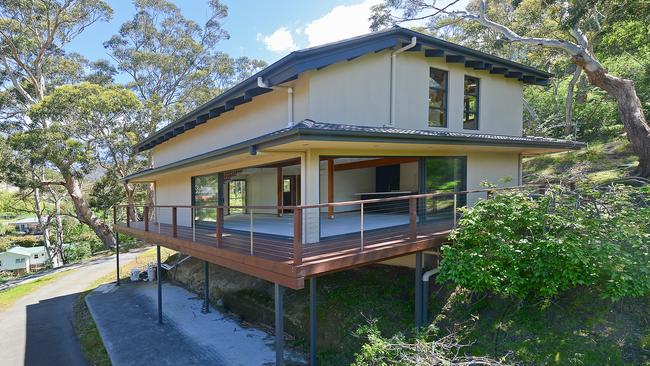
Council received 38 representations opposing the plan, raising concerns about the density, traffic and pedestrian safety, parking and impacts on the Sandy Bay Rivulet.
“Representers are concerned the site is part of the pathway used by Charles Darwin to access the mountain [Wellington],” the council report said.
“The representers suggest the surveyor has noted stone steps and a stone path which likely date back to Darwin’s exploration and as such should be preserved.”
The world renowned naturalist walked to Mt Wellington’s summit when his ship, The Beagle, docked at Hobart in 1836.
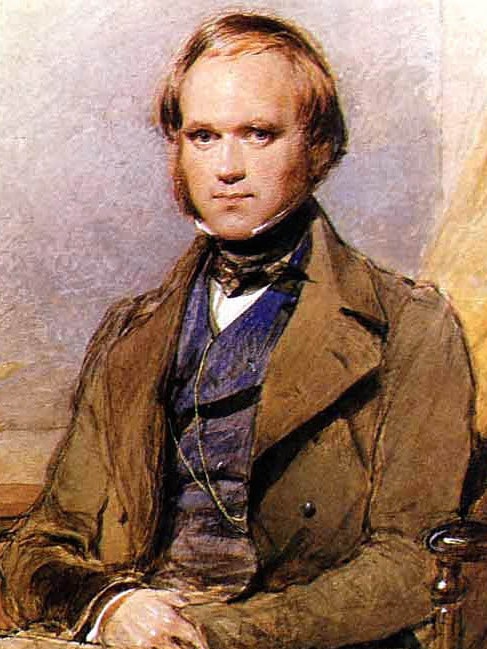
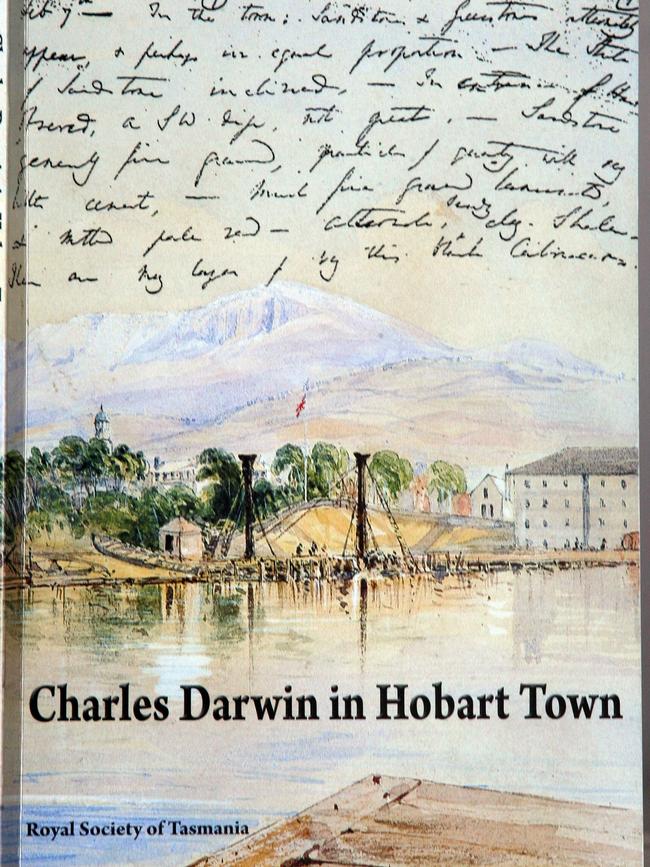
Friends of the Sandy Bay Rivulet president Peter Blackwell said the community group had been working with the council for almost 15 years to create a trail similar to the Hobart Rivulet linear park to take in the Darwin path.
“The key thing this development proposal has highlighted is development pressure is now building up in the Waterworks Valley,” he said.
An 11-unit development on a block in nearby Kooyong Glen was also approved by council earlier this year.
Mr Blackwell said the group was surprised to learn the Romilly St land was zoned inner residential given the bushland setting.
Member for Clark Andrew Wilkie has also written to the council raising concerns that the addition of nine units on Romilly St would affect the character of the area.
“If the development goes ahead, these [existing] houses which currently have a view to pristine bushland, would be overlooking a cramped subdivision,” he wrote.
“Old growth eucalypt species on the site are home to endangered swift parrots, while numerous other native animals are regularly spotted in the area. Subdividing the land would irrevocably alter these natural values.”
A report by All Urban Planning on the proposal said the nine additional units, on top of the one existing home, represented a “modest” development of the relatively large site.
“The permitted density of the zone would allow up to 38 dwellings on the site, however with due regard to the characteristics of the steep southerly aspect and bushland setting, the proposal has been restricted to 10 dwellings,” the report said.
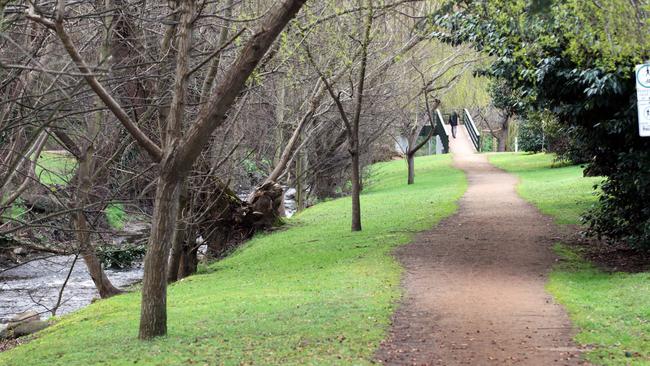
HCC general manager Nick Heath said the council was still working towards establishing a public pathway along the Sandy Bay rivulet, which would not be impacted by the proposed development.
Atleist Developments was contacted for comment.
Originally published as DA for 9-unit development at 32 Romilly St, South Hobart raises concerns about density, traffic and impact on Charles Darwin trail



